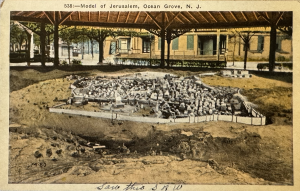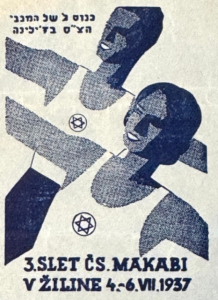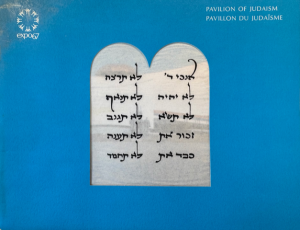The Technion—The Israel Institute of Technology is celebrating its centennial this year. The idea of developing an educational institution of engineers to support the development of the future state was first discussed at the Fifth Zionist Congress in 1901 and fundraising began in 1908.
The cornerstone of Israel’s first university was laid in 1912 and studies began 12 years later. It was originally named the Technikum by its German-Jewish founders who also selected German as the language of instruction. Following opposition from American and Russian Jews, in February 1914 the board of trustees changed the language to Hebrew and the school’s name to Technion.
The first graduating class had 17 students–10 engineers and seven architects, including one female architect. Today the Technion has 15,000 students in 17 faculties and one academic department and 60 research centres covering science and engineering disciplines and associated fields such as architecture, medicine and computer science.
In 1938, the French chocolatier Pupier included trading cards with its products which featured important sites from countries around the world, including Palestine. The back of this card of the Technion reads in part as follows:
“Zionism is a doctrine which aimed at the creation, in Palestine, of an autonomous Jewish state—a goal which was achieved following the war of 1914-18.”
Zionism’s goal was indeed achieved after 1918—30 years after.







